News
News / 09/01/2021 / 1480
On April 28th, 1891, speaking in front of numerous locals from the town of Negotin (East Serbia) and the Minister of Economy, the newly appointed director of the Bukovo Viticulture & Fruitgrowing School, Milutin Savić mentioned in his speech during the ceremony of laying foundations for the new school in Bukovo "the devastation that ruled entire Negotin region and the ruins of once famous Negotinska Krajina vineyards. Where once hundreds of barrels of wine must were produced, there is now nothing left to harvest. Where once was the most expensive land in all of Serbia, vineyards are now sold for nothing. " Phylloxera devastated Serbian wine regions.
In such a situation, it was the right moment to establish Viticulture & Fruit Growing School in Bukovo. The Serbian Government purchased American rootstock a few years earlier, and they were planted in Bukovo vineyard for subsequent grafting of local vines. While the vineyards were ruined, overgrown with grass or vines were cleared and substituted by other crops all around Negotinska Krajina, the vines in the newly formed Bukovo nursery vineyard differed from the surroundings with its greenery and shoots up to 2 meters long. The task of the school was to distribute vines grafted on American rootstock to local population as well as to Krajina vinegrowing cooperative.
The initiative for establishment of a viticultural school has existed for some time, and locals from Negotin took the credit for its opening, since they had realized that only education and knowledge could save their vineyards and the business that sustained most of the population of Negotinska Krajina.
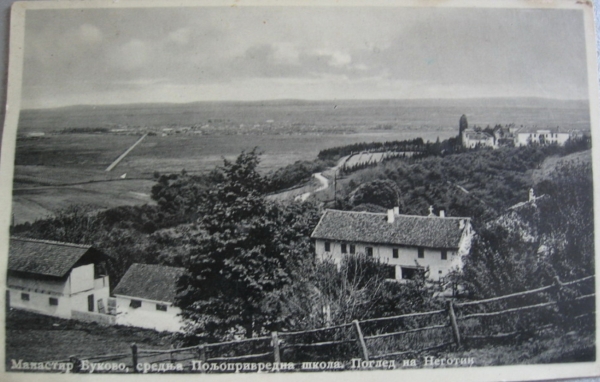
Bukovo school was given Bratujevac monastery vineyards to use for pratical education of its students. This monastery vineyard near Bratujevac Pivnica (otherwise already affected by phylloxera) was also a model vineyard for demonstrating anti-phylloxera techniques.
The task of Bukovo school was not only to teach young generations and local population, but also scientific research and introduction of innovations in viticulture and winemaking, mediation in finding international buyers for wines from Negotin, control of reputation and quality of Negotin wine in foreign markets and promotion of domestic wines in the country and abroad.
In his speech, Milutin Savić emphasized that the school must collect in its work everything excellent that agriculture has shown in the entire world, as well as innovations that have been created in our country. For that reason, in addition to vines such as Začinak, Smederevka, Četereška (Skadarka) and Adakalka, grape varieties from USA, France, Italy, the Czech Republic and other countries around the world have found their place in school vineyards.
In addition to domestic grape varieties such as Skadarka, Prokupac, Začinak, Lisičina, Small and Large Belina, Sremska Zelenika and Plovdina, there were numerous varieties in the nursery and school vineyards that were brought to the school from all over the world. Those are the first mentions of certain international grape varieties on the territory of Serbia. Let us mention here that in the vineyards of Bukovo school, grape varieties such as Petit Verdot, Barbera, Malbec, Teroldego, Vernaccia, White Malvasia, etc. were planted for the first time on the territory of Serbia.
Bukovo school carried out experiments in its nursery with numerous domestic and foreign grape varieties. Among significant findings, the school recommended to local population that the best local varieties for red wine are Prokupac and Skadarka, whilst Bagrina and Belina were recommended for white wine. Based on their analyses, Prokupac stands out with its quality in relation to Skadarka. The teachers of Bukovo school advised local population to plant a maximum of 2-4 grape varieties in the vineyard, and each variety in separate sector of the vineyard, because until then it was customary to plant more than 10 varieties mixed in the vineyard. Concerning international grape varieties, they recommended that Rhine Riesling, Traminer, Muscat and Silvaner be domesticated as much as possible in local vineyards.
The harvest in the school vineyards in 1899 has shown best the importance of Bukovo school. The harvest in the vineyard in Radujevac was exceptional that year, the knowledge about local and international grape varieties on various rootstock was more and more extensive. Teachers applied numerous innovations and experiments in practice, so the school could keep pace with the global practices of modern viticulture.
It is important to point out that in 1899, for the first time on the territory of Serbia, selected (cultivated) yeasts were used in the production of wine at Bukovo school. The yeast was procured thanks to an acquaintance with the famous biologist Jaqman from La Claire Institute in France, and these were the yeasts used for Rhine Riesling, Pinot Noir and Bordeaux wines. The yeast used to make wine from Rhine Riesling was put in Riesling must in order to make white wine, the yeasts from Bordeaux (Margaux) were put in Skadarka must with the addition of Začinak, and the yeasts used in France for Pinot Noir wines were put in Prokupac must.
The school also tested two state-of-the-art crusher-destemmer machine at the time. The Trijumf crusher-destemmer was recommended for crushing grapes for red wine, primarily for smaller producers because it is slow-paced, and when the berries are destemmed, there was excessive crushing of the berries. The second crusher-destemmer machine came from France (manufacturer the Mobiles Brothers from Amboise). This machine operated effectively, and within an hour, it could process 3-4 tons of must.
Milutin Savić ended his speech with the words: "Negotinska Krajina has all kinds of ores, from gold and copper to marble and porcelain clay; Negotinska Krajina has good charcoal, which is worth more than gold; it has golden rivers such as the Timok and the wide Danube. Negotinska Krajina has a warm climate and fertile land. Negotinska Krajina just requires a school, unity and labor so that it can use all the gifts of nature abundantly. We have laid the foundation for such a school today with prayer. Lord, let the first graduate student of this school rightly say that Negotinska Krajina was the top ranked for its winemaking, and it will be again: the top ranked for its wine, the top ranked for its fruit, the top ranked for its wheat, and top ranked for its corn. " We can say that his words still have weight. For today's Negotinska Krajina winemaking, in addition to education, unity and labor, I would also like to add good roads in order to get even faster from Negotin to Belgrade and other areas where Negotin wines are consumed today. At the same time, we see how much our winemakers today need an institution similar to Bukovo school that will spread education and apply the latest scientific achievements in order to ensure progress of Serbian winemaking and keep pace with events on the global wine scene.

Tomislav Ivanović
Awarded wine writer, wine critic and contributor to selected wine magazines. WSET3-certified author and editor-in-chief of www.vinopedia.rs. Member of Vojvodina Sommelier Association. Juror in national and international wine competitions. Lecturing about wines of Serbia and the Balkans. Local partner of Wine Mosaic organization. Co-founder of International Prokupac Day.

Pročitajte i druge članke iz ove rubrike:
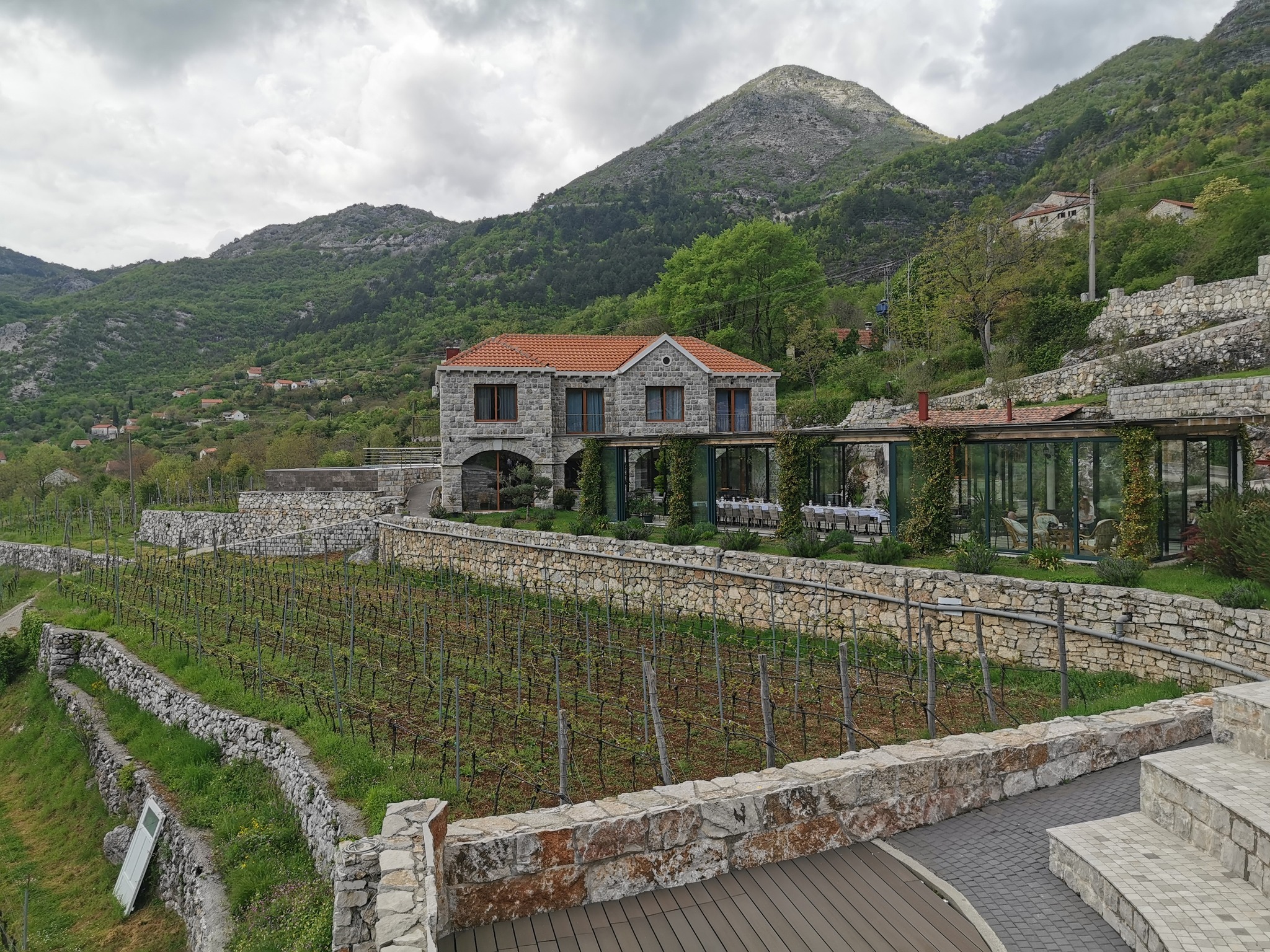

KRATOŠIJA PROBUDILA CRNOGORSKE VINARE
PROČITAJ VIŠE
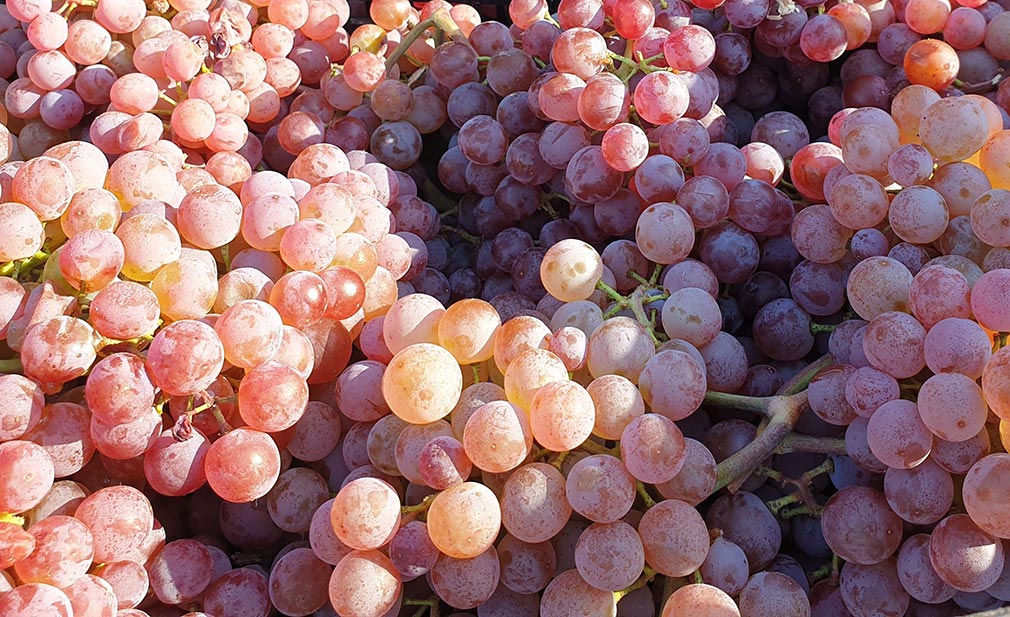

VINOPEDIA TOP 10 2024
PROČITAJ VIŠE
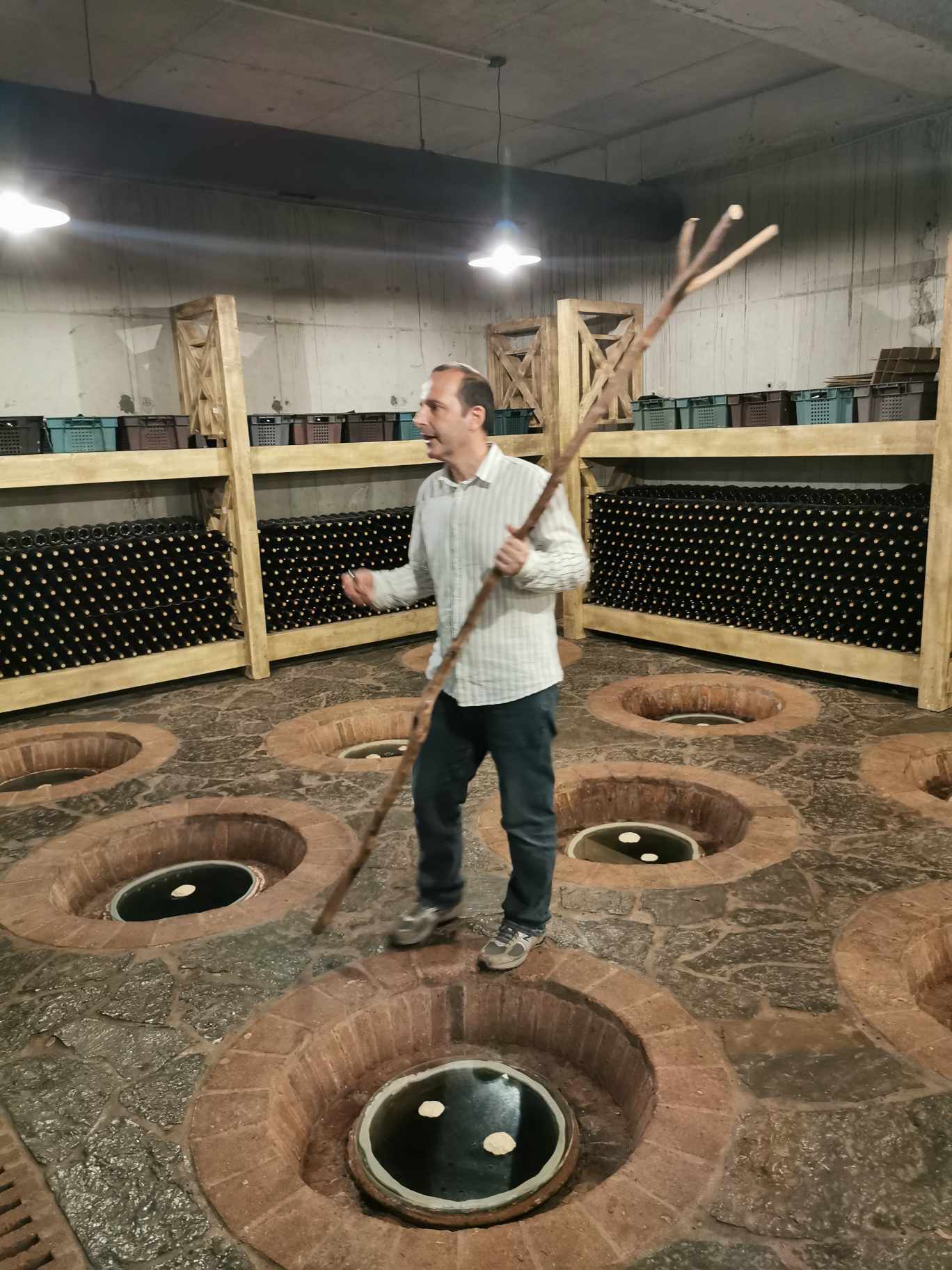

GIUAANI - VINSKI TURIZAM NA GRUZIJSKI NAČIN
PROČITAJ VIŠE


SPASIMO STARE VINOGRADE SRBIJE
PROČITAJ VIŠE
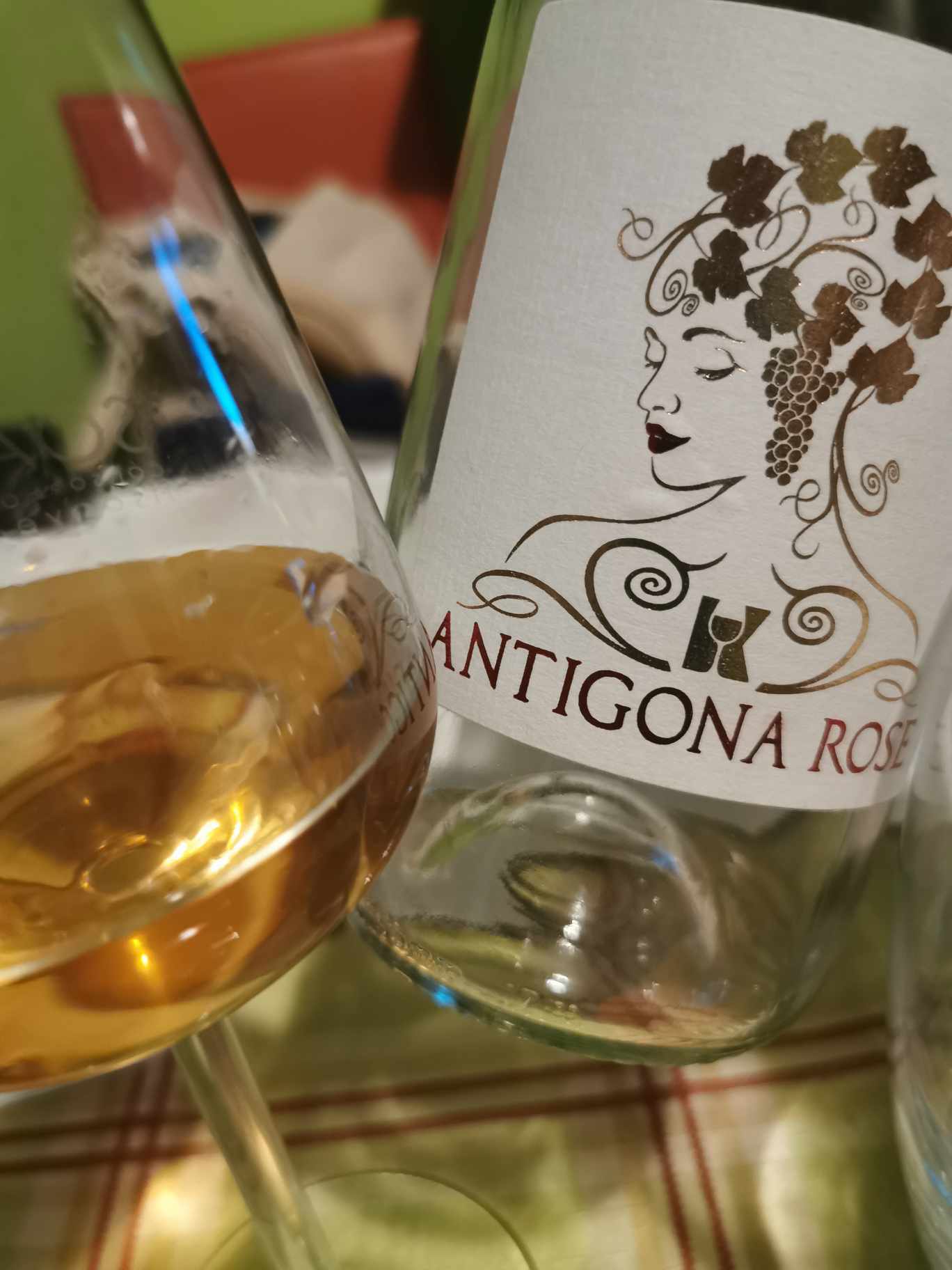

NAŠLI SMO ANTIGONU IZ ORAHOVCA
PROČITAJ VIŠE
Winner MILLESIMA BLOG AWARD 2016

Pobednik MILLESIMA BLOG AWARD 2016
VINO & FINO wine personality of the year 2016

VINO & FINO vinska ličnost godine 2016